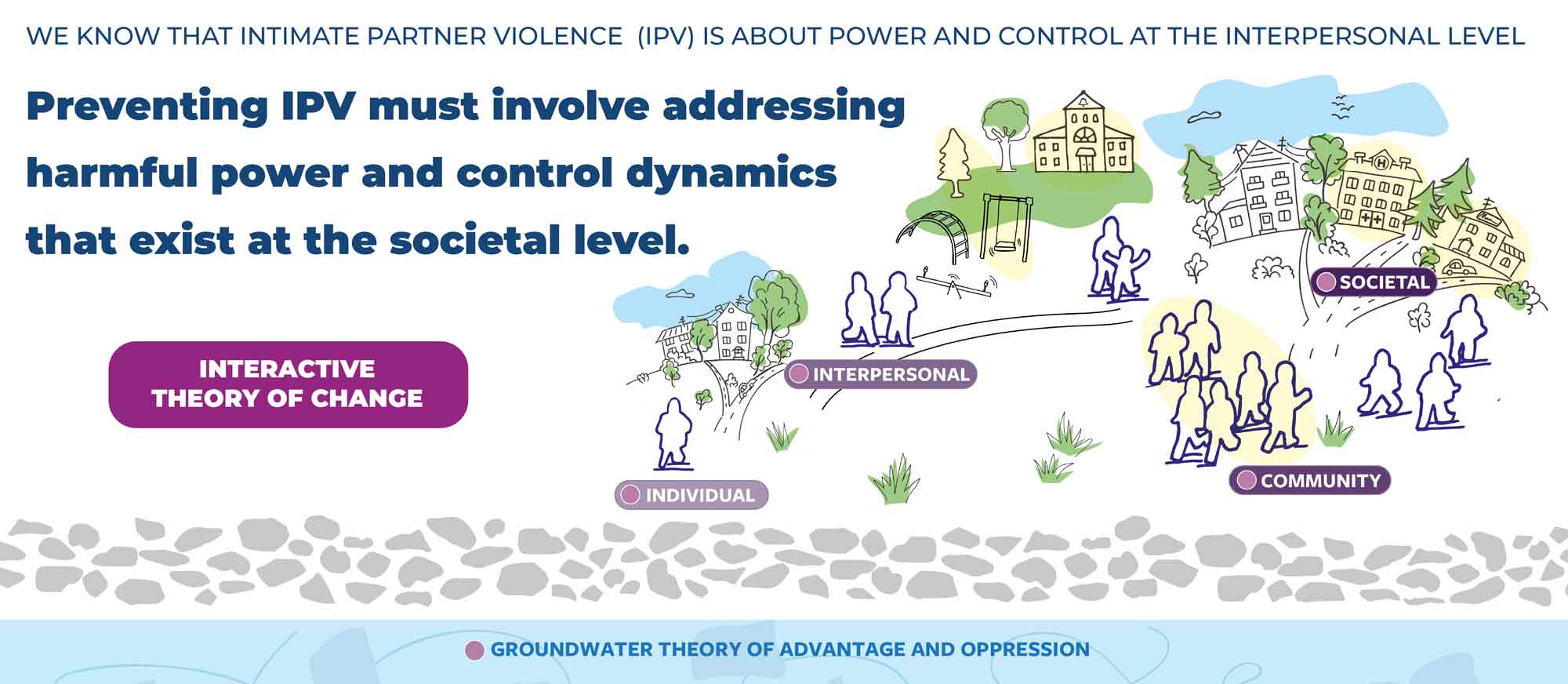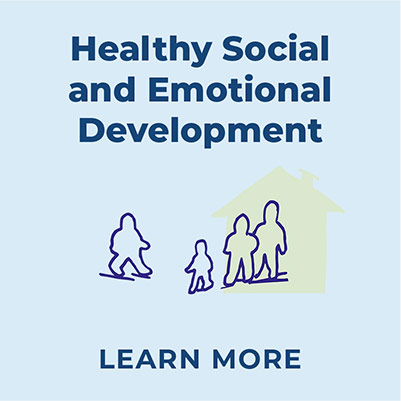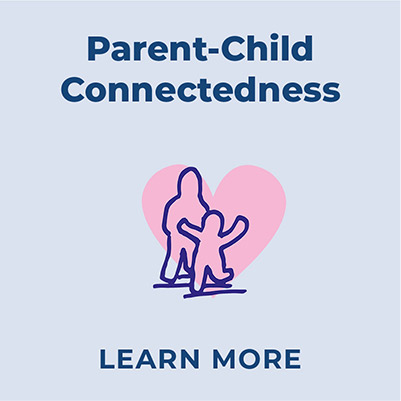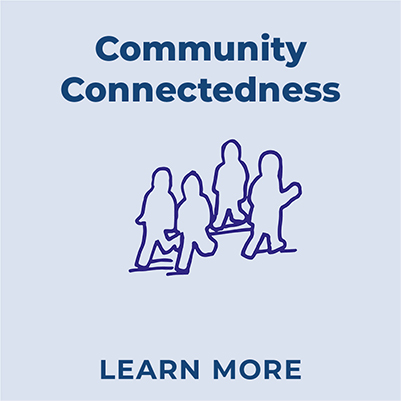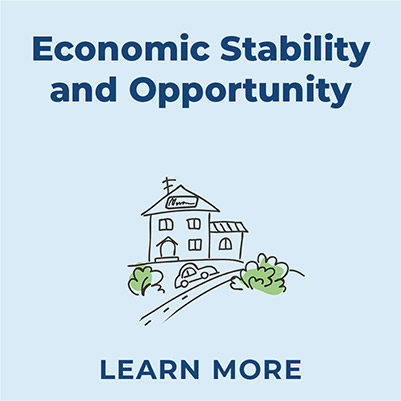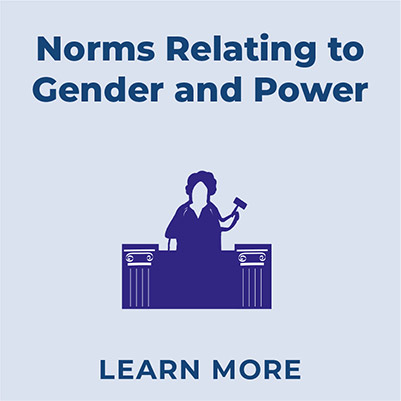Strategies
Turning theory into action: Real world tools for implementing IPV prevention programs in your community.
Copyright @2021 NCCADV All Rights Reserved | 3710 University Drive, Suite 140 | Durham, NC 27707 | 919-956-9124 (Toll Free: 1-888-997-9124)

